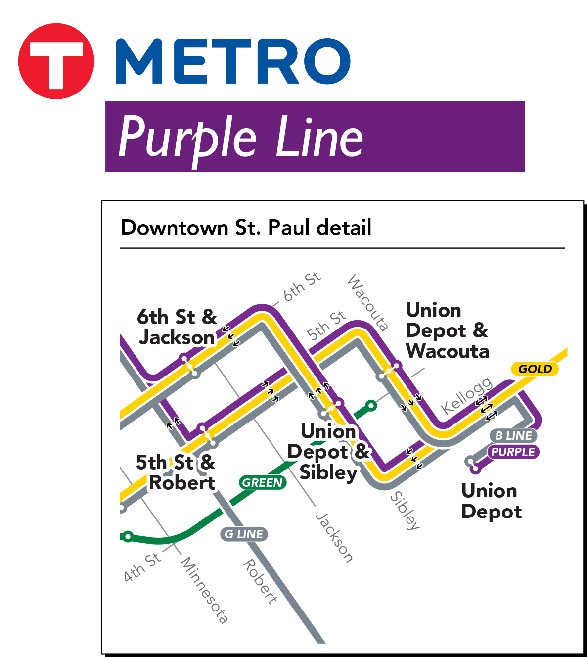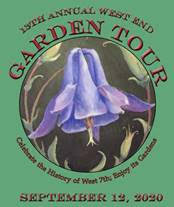Way, way up in the sky
Birds in Particular
HALLE O’FALVEY
columnist
halleofalvey@gmail.com
I was driving home from Ely, MN and stopped in the town of Virginia at the food co-op. It resides in an industrial park–not one tree to be seen for a mile around. As I finished shopping and was getting back into my car. I noticed something in the very large brilliant blue sky. It was a tiny glimpse of white, way, way up in the sky. Now, if it weren’t for my trained brain that instantly reacts to any type of bird movement, I would not have seen that bird very high up in that sky. Now, I need only a glimpse, a nanosecond to catch their flight and feathers. I pulled out my binoculars to find the bird again. Refractions from the light gave my elder eyes tiny, translucent, double ringed circles but I saw white bodies swirling despite the intrusion. The birds were in a kettle; riding the thermals. As a bonus, one of the birds flew out to the East, verifying my suspicions, revealing black wing tips. They were American pelicans.
A Kettle is formed from a group of birds that fly together during migration, generally birds of prey. When they find a column of warm air, they follow it up until it hits cooler air and dissipates. The birds then spread their wings and soar to the next column of air. Birders call it “riding the thermals.” This is a very efficient method of travel.
COVID-19 is cancelling birding gigs across the country. Marietta, MN will host to the annual Salt Lake Birding Weekend in late April is among them. Minnesota’s only salt lake. The lake touches an alkaline shoreline surrounded by a 20-acre prairie. Attracting many migrant birds, shorebirds, and ducks that would otherwise not visit Minnesota. Several birds nest in here, including the Wilson’s phalaropes, which has a spectacular spinning technique on the surface of the water. In years with low water, the summer brings more shorebirds racing along the shoreline. This unusual ecosystem is home to sago pondweed, zooplankton, brine shrimp and red crustaceans. All that makes me remember stories from Braiding Sweetgrass written and narrated by Robin Wall Kimmerer, a member of the Citizen Potawatomi Nation, and published by Milkweed Editions, a Minneapolis-based publisher.
This is from my jokester, and perfect for April. What did the big flower say to the little flower? Hi Bud.
Now that it is spring, we know there will be mud!!! So why not paint with it? You will need a small container, dirt/mud, dish soap, water, and some color: food coloring or tempera paint, plus, cardboard boxes (torn or cut to size) and paint brushes. Add the mud, water, color and dish soap in the container, and mix up to a paintable slurry. Any extra shipping cardboard boxes laying around awaiting the recycling bin can be used as your single piece of painting surface. You could make some paint brushes with conifer branches you find on the ground (it will help to wrap some twine around the end of the branch). Avoid removing branches from a tree, since once removed it will not grow back. The dish soap will help cleaning clothing, if necessary. The sidewalk would also make a great painting surface, sunshine or not.
If you are painting outside, don’t forget to listen for the birds singing and look up at the sky. April Migration is divine.




